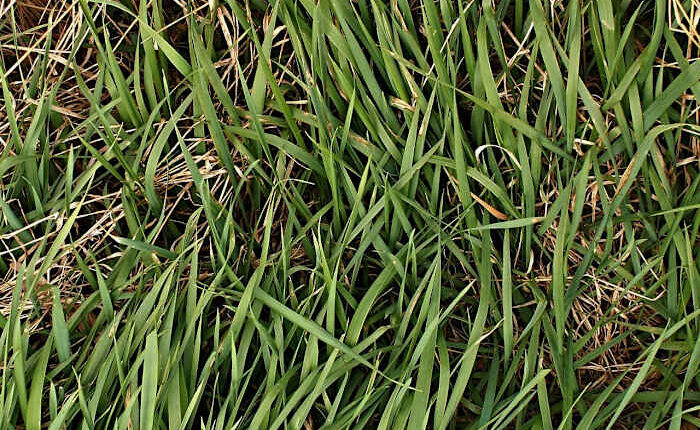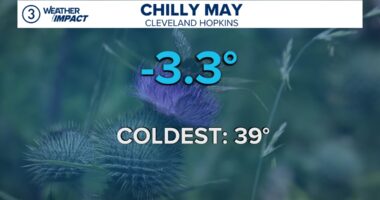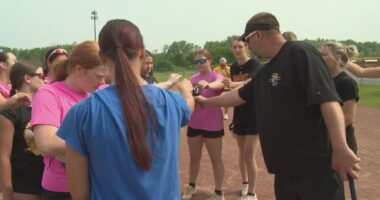
ORLANDO, Fla. – Central Florida is currently experiencing a severe dry spell, evident in the crispy lawns and pollen-covered cars that haven’t seen a natural wash in weeks.
Since April 11, Orlando has not received any significant rainfall, with only a trace amount of 0.01 inches recorded on that day. Prior to that, there was a slightly better rainfall of 0.27 inches on April 1.
In the month of April so far, Orlando has accumulated just 0.37 inches of rainfall, ranking it as the 12th driest April on record since data collection began in 1892. The dry conditions are undeniable.
You might be wondering, “Is it really supposed to be this dry in April?” Surprisingly — yes, kind of.
While April isn’t the driest month of the year (that title actually belongs to December), it’s right in the thick of what we call the dry season here in Central Florida.
The dry season usually kicks off around mid-to-late October, and it doesn’t just ease in slowly — it’s more of a big shift. Typically, that’s when the first strong cold front rolls in, bringing cooler, drier air along with one last decent rain. That first front can give us a solid soaking, but after that? Things really start to dry up.
Even though we might see a bit of rain from tropical systems or lingering fronts between October and November, it’s all pretty short-lived. Once that first big front moves through, the rain becomes less frequent.
And as we move into the winter months — December, January and February — cold fronts still push through, but they don’t bring the same kind of regular storms we’re used to in the summer. So, while we may get a few showers or thunderstorms, they’re much more spaced out.
During this stretch, here’s what typically happens:
-
Humidity levels drop
-
Daily rainfall becomes rare
-
Sea breeze storms pretty much disappear
And this year? We haven’t seen one of those strong, rain-bringing fronts in quite a while, which is why things have gotten extra dry—and a bit more dangerous.
With the lack of significant rainfall, fire danger across Central Florida has been steadily climbing. The region has seen medium to high fire-risk levels, and the drought situation continues to worsen with each dry, warm and sunny day.
Here’s how some other cities are ranking this April:
-
Daytona Beach: 0.02 inches – 2nd driest April on record
-
Melbourne: 0.14 inches – 5th driest
-
Sanford: 0.48 inches – 6th driest
-
Leesburg: 0.70 inches – 10th driest
Even though we’re in the dry season, this level of dryness is definitely noteworthy.
The earliest start to the dry season happened on Sept. 27, 2006, and the latest was Nov. 7, 1971.
Usually, the dry season winds down toward the end of May or early June, when the summer wet season kicks in.
That’s when we get back to our regular afternoon thunderstorms, higher humidity, and — finally — some relief for our parched landscapes.
Until then, unless we get a surprise weather system or late-season front, don’t expect much rain in the next several days.
Copyright 2025 by WKMG ClickOrlando – All rights reserved.
















